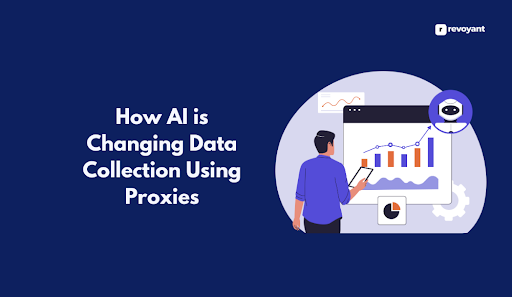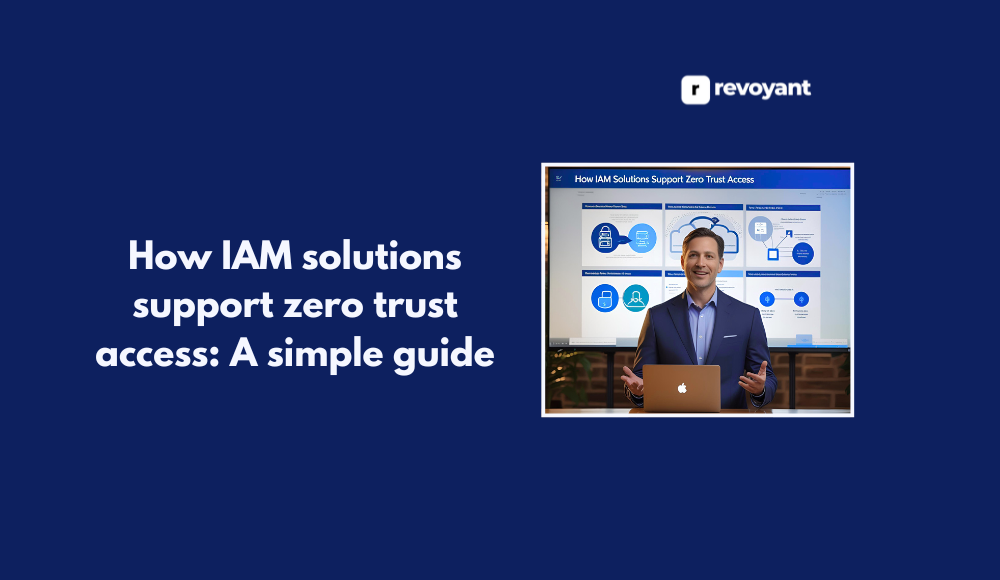AI chatbot software has become an essential tool for businesses, enabling them to engage customers, automate responses, and streamline workflows. From handling customer inquiries to offering personalized product recommendations, chatbots have evolved significantly in recent years.
However, with so many chatbot solutions available in 2024, choosing the best one for your business can feel overwhelming. This guide will walk you through the essential features, benefits, challenges, costs, and trends to help you select the perfect chatbot software for your needs.
What is AI Chatbot Software?
AI chatbot software uses natural language processing (NLP) and machine learning (ML) to simulate human-like conversations. These chatbots can respond to customer inquiries, perform tasks like bookings or order tracking, and even offer product recommendations. They work across multiple channels, including websites, messaging apps, and social media.
Modern chatbots can range from simple rule-based bots to intelligent virtual assistants capable of understanding context, handling complex requests, and learning from interactions over time.
Key Features of AI Chatbot Software
When evaluating chatbot software, look for the following essential features:
| Feature | Description |
|---|---|
| Natural Language Understanding (NLU) | Enables chatbots to comprehend user intent beyond keywords, making conversations more natural. |
| Omnichannel Support | Allows the chatbot to function across multiple platforms (e.g., websites, Facebook, WhatsApp). |
| Personalization | Uses customer data to deliver tailored recommendations or responses. |
| Multilingual Capabilities | Supports communication in multiple languages for global customers. |
| Pre-built Templates and Workflows | Offers templates for common use cases like FAQs or lead generation, speeding up deployment. |
| Integration with CRMs and Other Tools | Connects with customer relationship management (CRM) systems, helpdesks, or payment gateways. |
| Analytics and Reporting | Tracks chatbot performance metrics, such as response times and conversation success rates. |
| AI Learning and Adaptability | Chatbots improve their responses over time through interaction and feedback loops. |
Who Uses AI Chatbot Software?
AI chatbots are used across various industries and business functions. Here’s a breakdown of common users:
| User Type | Use Case | Benefit |
|---|---|---|
| E-commerce businesses | Customer support, handling FAQs | Reduces response time, enhances customer service, available 24/7 |
| Healthcare providers | Appointment scheduling, patient inquiries | Streamlines admin tasks to ensure timely responses, and improves patient care |
| Financial institutions | Automated banking, loan queries | Provides instant financial assistance, improves customer experience |
| HR departments | Recruitment and onboarding | Automates candidate interactions, and speed up recruitment processes |
| Educational institutions | Student support, answering queries | Offers personalized guidance, reduces the load on administrative staff |
| Retailers | Product recommendations, order tracking | Increases customer engagement, enhances shopping experience |
| Travel agencies | Booking assistance, travel inquiries | Improves booking efficiency, enhances customer experience |
Benefits of AI Chatbot Software
Enhanced Customer Support
AI chatbots offer round-the-clock availability, ensuring that customers receive immediate assistance without waiting for human support. This leads to quicker issue resolution and improved user satisfaction.
- Impact: Constant support improves customer loyalty and prevents loss of business due to delays.
- Why It Matters: Offering 24/7 service provides a competitive advantage, as customers increasingly expect instant support across time zones and during non-working hours.
Cost Efficiency
AI chatbots reduce the need for large customer service teams by automating routine inquiries and support tasks.
- Impact: Companies save on operational costs, allowing them to allocate resources to other areas of the business.
- Why It Matters: Cost savings through automation enable businesses to grow efficiently, maintaining service quality while reducing expenditures on human resources.
Improved User Engagement
By delivering personalized responses and engaging users through natural language processing, chatbots create more interactive and meaningful customer interactions.
- Impact: Enhanced engagement leads to higher conversion rates and stronger relationships with customers.
- Why It Matters: Personalized experiences make customers feel valued, leading to increased brand loyalty and repeat business.
Scalability
AI chatbots can handle a virtually unlimited number of conversations at once, enabling businesses to manage large volumes of inquiries during peak times without delays.
- Impact: Scalability ensures consistent service quality, even during periods of high demand.
- Why It Matters: Being able to scale without compromising customer service allows businesses to grow rapidly without operational bottlenecks.
Data-Driven Insights
AI chatbots gather data from customer interactions and provide businesses with actionable insights, helping them understand customer needs, behavior, and preferences.
- Impact: Businesses can tailor their services or products based on real-time data, improving overall performance.
- Why It Matters: Data-driven decision-making allows for continuous improvement, helping businesses stay ahead of customer expectations and competitors.
Challenges of AI Chatbot Software
Despite their advantages, AI Chatbot Software also present some challenges:
Limited Understanding of Complex Queries
AI chatbots often struggle to comprehend intricate questions or those involving multiple layers of context. When faced with complex, multi-part questions or ambiguous language, chatbots may provide inaccurate or irrelevant responses.
- Impact: Users may experience frustration due to insufficient or incorrect responses, leading to a loss of trust in the chatbot.
- Solution: Combine AI chatbots with human support or train them using advanced natural language processing models to improve context comprehension.
Dependency on Pre-Trained Data
AI chatbots rely heavily on the data they were trained on, which can lead to issues when they encounter new or unexpected scenarios not covered in the training data. This makes them less adaptable in dynamic environments.
- Impact: Limited flexibility in handling diverse or unique customer inquiries, which may reduce the overall effectiveness of the chatbot in solving user problems.
- Solution: Continuously update the chatbot’s training data and employ machine learning models that allow for real-time learning and adaptation to new data.
Lack of Emotional Intelligence
While AI chatbots can simulate conversational abilities, they lack true emotional intelligence and empathy. This limits their ability to provide emotionally sensitive responses to users, especially in customer support settings.
- Impact: This can result in a mechanical or unempathetic experience, leading to user dissatisfaction, especially in situations requiring human empathy.
- Solution: Implement hybrid chatbot systems where AI handles routine queries, while human agents intervene in more sensitive or emotionally charged situations.
High Maintenance and Setup Costs
Setting up and maintaining a highly functional AI chatbot requires significant resources, including ongoing training, integration with other systems, and monitoring for performance improvements.
- Impact: Small businesses may find it cost-prohibitive to implement or maintain a chatbot system effectively, limiting their access to AI-driven automation.
- Solution: Use low-cost or subscription-based chatbot services that provide scalable solutions tailored to the needs of smaller organizations.
Security and Privacy Concerns
AI chatbots often handle sensitive information, such as customer data, financial details, or personal identifiers. Poorly secured chatbots may be vulnerable to data breaches or misuse.
- Impact: Compromised security could lead to significant privacy breaches, damaging customer trust and violating compliance regulations.
- Solution: Implement strong encryption, authentication, and regular security audits to ensure chatbot data is protected and compliant with privacy laws like GDPR.
Alternatives to AI Chatbot Software
Let’s see what Alternatives to AI Chatbot Software
| Alternative | Use Case |
|---|---|
| Live Chat Support | When human interaction is critical for complex or emotional customer inquiries. |
| Email Automation Software | Best for businesses that prefer asynchronous communication with customers. |
| Voice Assistants | Useful for industries that rely on voice interactions, such as healthcare or smart homes. |
| Social Media Messaging Apps | For companies that engage heavily through channels like WhatsApp or Facebook Messenger. |
How Much Does AI Chatbot Software Cost?
Pricing for AI chatbot software can vary depending on the platform, features, and usage limits:
Subscription-Based Plans
Many platforms offer monthly or yearly subscription models, starting from $10 to $500 per month, based on the number of users or interactions.
Pay-Per-Interaction Models
Some platforms charge based on the number of conversations or messages handled, making this model ideal for businesses with variable traffic.
Enterprise Plans
Large companies often opt for custom enterprise pricing, which includes dedicated support, advanced analytics, and custom integrations.
Free or Freemium Models
Some chatbot providers offer free plans with limited features, ideal for small businesses or personal use.
How to Choose the Best AI Chatbot Software
Define Your Objectives
- Identify the primary purpose of the chatbot: customer service, lead generation, sales, or marketing.
- Determine which platforms (website, social media, WhatsApp) the chatbot will operate on.
Evaluate Features and Compatibility
- Ensure the software supports your preferred languages, channels, and tools.
- Look for chatbots with analytics tools to measure performance and success rates.
Test Free Trials or Demos
- Use trial versions to test how well the chatbot performs in real-world scenarios relevant to your business.
Involve Key Stakeholders
- Get input from customer service teams, developers, and marketing to ensure the chatbot aligns with their needs.
Assess Vendor Support
- Look for providers that offer training, documentation, and 24/7 support to ensure smooth implementation.
Implementation Tips
Start with a Pilot Program
Deploy the chatbot in a limited capacity to test its effectiveness before expanding it across your business.
Train Your Chatbot Continuously
Use feedback loops to improve the chatbot’s responses and accuracy over time.
Monitor Performance Regularly
Track key metrics like response times, conversation success rates, and customer feedback to identify improvement areas.
Ensure Human Backup
Provide customers with the option to escalate conversations to a human agent when needed.
Latest Trends in AI Chatbot Software (2024)
| Trend | Description | Example |
|---|---|---|
| Generative AI Chatbots | Chatbots powered by GPT-based models that can generate dynamic responses. | A chatbot writes personalized emails to customers. |
| Omnichannel Integration | Seamlessly connects with multiple platforms, offering consistent experiences. | A chatbot interacts with customers via the web, WhatsApp, and Facebook Messenger. |
| Voice-Enabled Chatbots | Combines text and voice capabilities for improved accessibility. | A travel agency’s chatbot allows users to search for flights through voice commands. |
| AI-Driven Sentiment Analysis | Detects customer emotions in real-time and adjusts responses accordingly. | A customer support chatbot escalates issues based on detected frustration. |
Conclusion
Choosing the best AI chatbot software in 2024 requires careful consideration of your business goals, features, and budget. Test several platforms, involve key stakeholders, and monitor performance continuously to ensure you unlock the full potential of your chatbot. With the right chatbot in place, your business can provide better customer experiences, automate repetitive tasks, and boost operational efficiency—all while staying ahead of the latest trends in AI technology.




